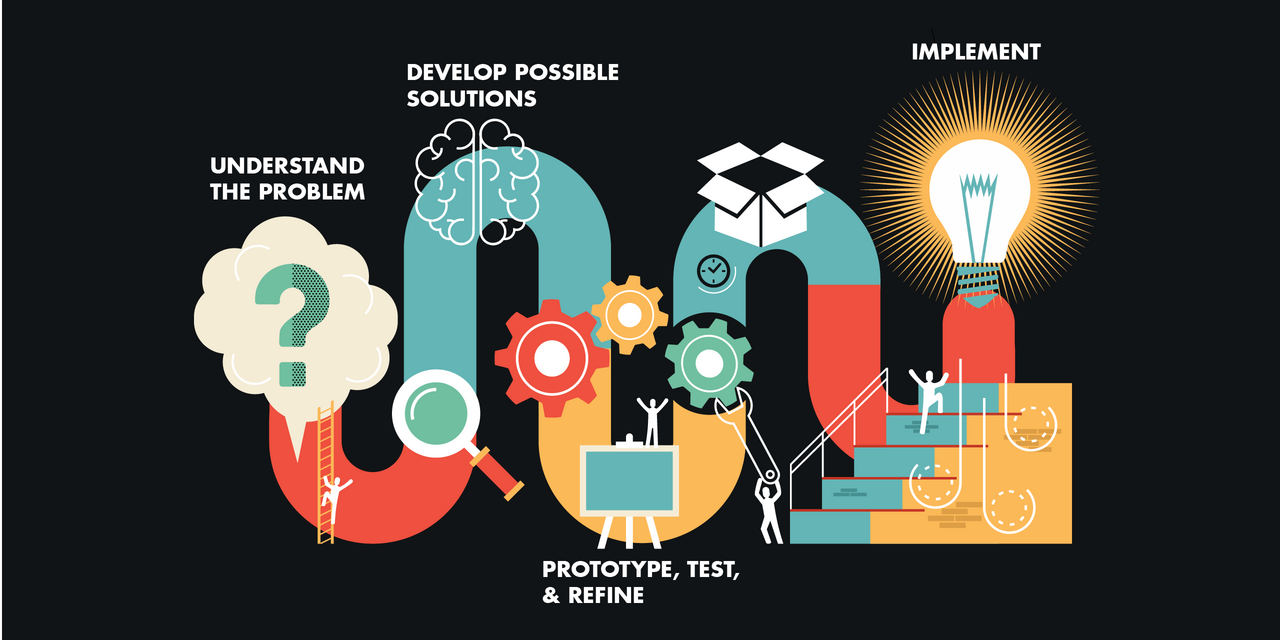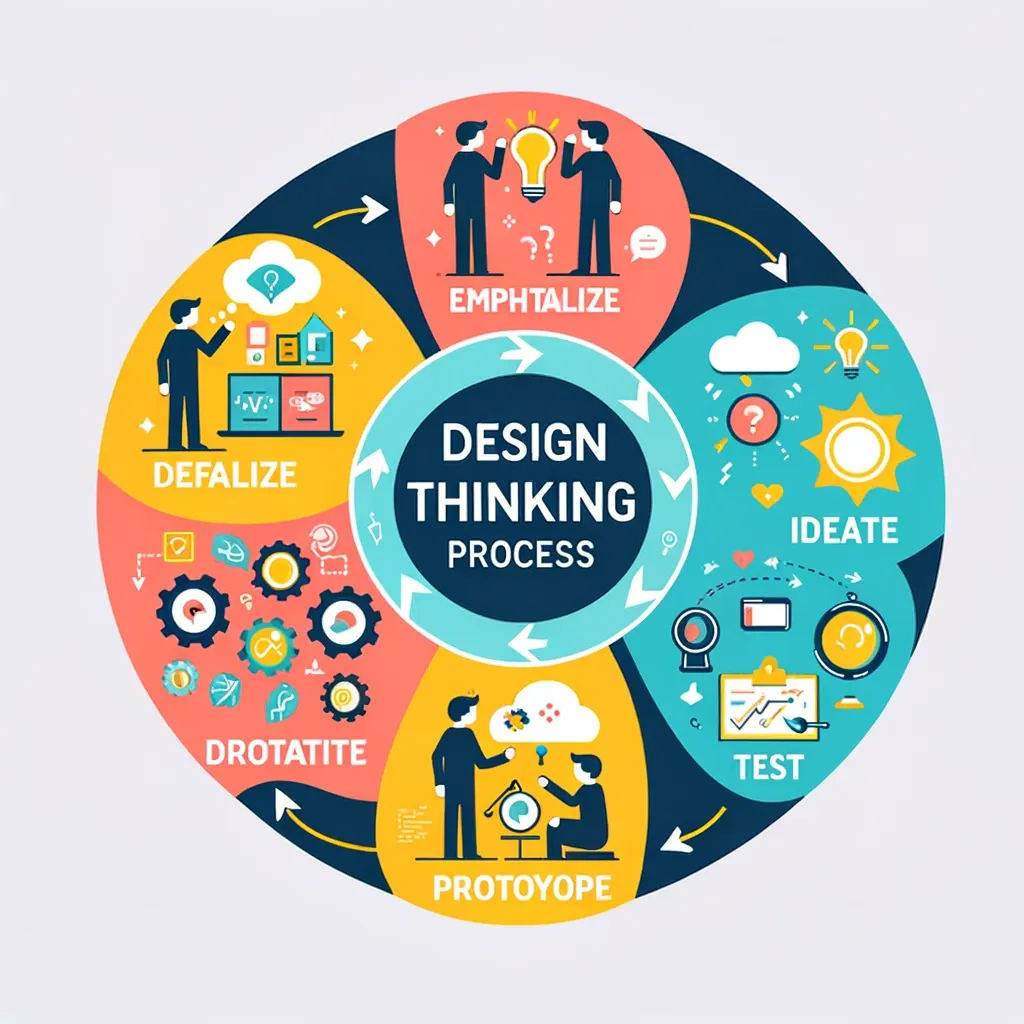UX Isn't Doomed
The internet is full of doomsayers on about the demise of UX. Things aren't great, but we're not doomed, either.

If you’ve spent any time reading the internet lately, you’re probably aware of the weeping and gnashing of teeth about the current state of the user experience field. If the Medium crowd is to be believed, we should all quit our jobs and become Amish woodworkers.
It’s true that the current situation isn’t great, but I don’t think we’re at the Amish-woodworker stage yet, either. Today’s post is just a straight-up op-ed about where we are and where we might be headed. Take it or leave it, agree or disagree, and members can leave comments to yell at me if they want.
But first, if you’re not a subscriber then you should be! I won’t spam you, and members get access to the audio version of each week’s post plus additional content posted a few times per month.
The UX Field is Saturated
I see this mentioned a lot, and I think it’s largely true. Over the past few years we’ve seen a huge influx of folks coming out of bootcamps (disclaimer: I’m a bootcamp mentor), and recent tech layoffs have exacerbated the problem from the top end. There’s no doubt that finding a job is difficult and some designers are leaving the field altogether.
I get a lot of questions from nervous students and junior designers about the market and how they are going to find a job. I don’t think it’s all that different from the past: good designers will be fine and mediocre designers are going to struggle.
People are often sold the fantasy that UX is a fun and easy way to make big money, but that’s never been true. We’ve always had to deal with blockheaded clients, product managers who just want you to “make it pretty,” and developers who basically do whatever is easiest, regardless of the design. And in spite of what you may have heard, design actually is work.
To be successful in today’s market – or any market – designers have to be curious and interested in the world and how things work. UX is diverse in terms of skills and disciplines, but it still comes down to design, which requires some creativity and curiosity. Drawing boxes in Figma isn’t, and never has been, what it’s really about.
Career Paths are Unclear
There are myriad structural issues in the industry from top to bottom, and even designers with jobs struggle. We’re all understaffed, overworked, and career paths can be unclear. Once you’ve worked your way up from junior to senior, what’s next? In most places the answer is “nothing.” Maybe you can move into management, but many creatives don’t want to be managers.
Tech has figured this out in some ways, even if the titles can be a bit pretentious. I shudder at the thought of being called an “esteemed design fellow” or “software ninjaneer” and think most designers probably do too.
But we do need to build a better path for UX people to move up beyond the senior level.
UX is Commoditized
In some ways I think this is also true. During one project my students are tasked with designing a sign-up/login flow, and I always tell them that sign-up is a solved problem. It’s not worth trying to reinvent the signup process, because what are you really going to add? The point of the exercise is to think through the process – lockouts, forgotten passwords, federated logins, 2FA, and so on. They aren’t supposed to make up something new.
But that said, there are plenty of problems that are not solved. My team at FinThrive deals with a lot of data and some insanely complex workflows. (If you think healthcare is nuts on the patient side, take a look at the payer side sometime. Or don’t. It’s not healthy.)
These kinds of problems require a lot of analysis, creativity, and trial and error. That’s not something you’re going to get from a Figma template, and UX people who can bring those skills to the table have a big advantage.
UX Lost Its Seat at the Table
Folks, I hate to break it to you, but unless you’ve been living in the sheltered world of Silicon Valley, UX has never had a seat at the table. I see people talking about the triad of design, product, and engineering, but I have never seen that in real life. I’ve worked at startups, huge banks, and a major telecomm company and it was not a thing at any of them. I’m not saying it’s not real, but I can tell you with certainty that it has not been the norm in most companies.
I know that there’s a large crowd who will say it’s our fault for not getting the seat, but that’s easier said than done in the corporate world. Debbie Levitt has a great takedown of this mentality. My point here is that the current state of the industry at large has less to do with a "seat at the table" than we’re led to believe.
Design Thinking is Dead

This is another one making the rounds, largely because IDEO – the people who found a way to make a lot of money from the term “design thinking” – laid off a third of its staff. But really, “design thinking” seemed like just a buzzwordy thing that designers liked to talk about because it sounded cool.
I realize that I probably sound insane right now, so let’s go step by step. The design thinking process is as follows:
- Empathize with your user’s needs.
- Define the problem.
- Create ideas.
- Prototype and test your ideas.
- Implement and refine your solutions.
Perhaps I’m being obtuse, but that sounds pretty much exactly like designing. Like, if you’re not empathizing with the user and trying to solve their problem then what the hell are you doing? You want to know what you’re doing? You’re failing.
As a concept, design thinking has been around since at least the 1960s and is really a timeless concept. Find problem, come up some solutions, see if any of the solutions worked. Natasha Jen was right: we don’t need Post-Its and buzzwords.
AI is Coming for Our Jobs

OK, I’ve calmed down some now.
We keep hearing that AI is going to take all of our jobs and we’ll soon be living in a Mad-Max-style dystopia. The honest fact is that AI in its current state sucks, and will continue to do so for awhile. It’s true that the current crop of AI tools can do some pretty neat things, but it also seems to be pushing us further toward mediocrity. Also, it’s entirely possible that we’ll soon have AI tools simply repurposing content scraped from other AI tools.
I think the real risk is that short-sighted, number-go-up management types will choose half-baked AI tools to save a few bucks, with predictable results.
We do need to learn to use these tools to understand how they work and how we can use them in our jobs. Also, as AI improves we’ll need to figure out how to better design for its integration into a wide range of products, both hardware and software.
Again, the designers who can truly innovate and solve difficult problems are going to be fine in the long run.
New Opportunities Await
If you’re looking for a career in web design in 2024 then you’re in for a hard life. But there is no shortage of new opportunities on the horizon, and smart designers are already heading that way. AR and VR are having a moment right now and I think it might actually stick this time.
New forms of hardware are beginning to pop up, and though they are mostly gimmicks right now, I see the potential for something big to happen.
We Gotta Keep Learning
Yes, things look bleak for the UX field right now. Jobs are short, the field is flooded with applicants and aspirants, and companies aren’t playing nice. But the tech industry has been through times like this before and many of things we’re being told aren’t as big an issue as the internet echo chamber makes them out to be.
People who know me will tell you that I’m no fan of the hustle/grind mindset, but successful UX folks are the ones who are curious and try out new things. Mess around with coding (or a no-code tool), do some writing, or tinker with 3D or animation or video or whatever suits your fancy. It will open new paths for you and will expand the one you’re on.
I’m into all kinds of stuff (and honestly should probably focus a bit more), but I find that it’s fun, and being broadly knowledgeable and curious is invaluable when solving problems. As a bonus, I occasionally amuse my colleagues with my weird rants and/or anecdotes.
So don’t despair, but also don’t be complacent. Work, play, learn, and have some fun!
